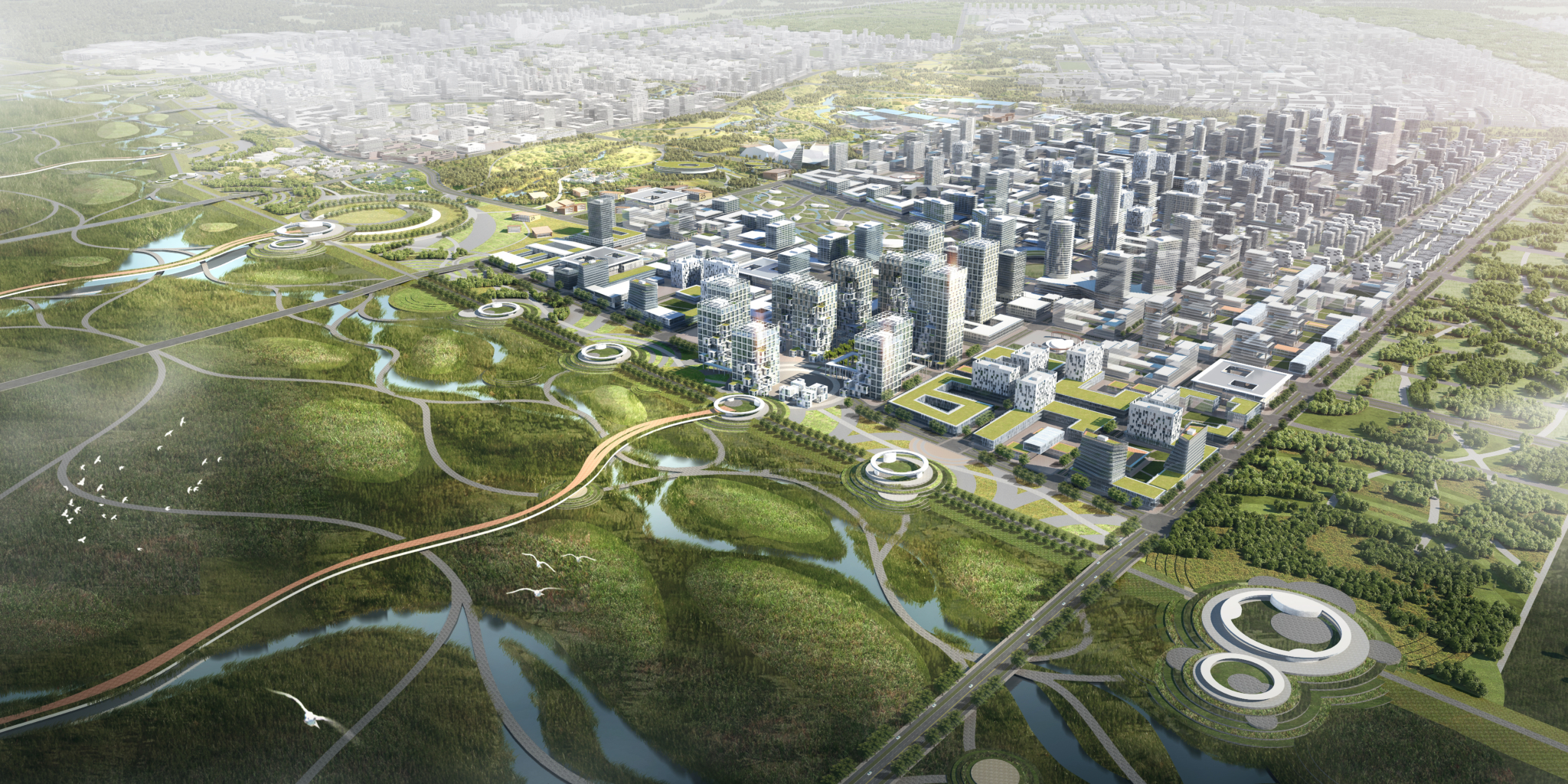Why the Xiong’an area is important to China
The Chinese government pays special attention to improving the living standards of the population from remote areas. To this end, the country has carried out various activities aimed at the development of poor regions. One such region is Xiong’an, located in Hebei province. It was formed in 2017 and included three counties.
Xiong’an is located near Lake Baiyang and is actively developing. In terms of importance, this region is considered to be the same as the Shenzhen or Pudong economic zones. Not so long ago, a train from Beijing started running to Xiong’an as part of a relocation program. For this purpose, a new high-speed rail line was built in 2019, which runs through Zhangjiakou, the city where the Winter Olympics will be held. The government is investing in housing, schools, and hospitals to bring people to the region. A modern city with a developed infrastructure and a high standard of living for its citizens is being built here. In addition, 32 highways have been built or upgraded in Xiong’an, making it possible to get from the region to other cities in the province and parts of the country.
The problem of poverty has been a problem in China for a very long time. In search of a better life, people are leaving the countryside for the big cities where jobs can be found. As a result, villages are becoming empty, and with them, so is agriculture. The government is trying to improve this situation, regularly introducing various activities aimed at promoting remote Chinese regions. In addition, there are a number of subsidies and incentives for farmers, which stimulates the development of their business.

One of the factors of China’s low level of prosperity is its overpopulation. Recently, however, analysts have noted a decline in the country’s birth rate. For 10 years, population growth in China has fallen to its lowest levels since the one-child policy was introduced in the 1970s. Now the authorities are trying to encourage young Chinese to have children, otherwise the state may experience a serious demographic decline after a certain period.
The official census in China is conducted every 10 years. According to the results of the last one, which was in 2020, the country’s population increased by 5.4% to 1.4 billion people. For comparison, the previous census, which was conducted in 2010, showed an increase of 5.9%. Then the population was 1.34 billion people. The latest recalculation shows that China failed to meet the plan set in 2016 – the increase in citizens to 1.42 billion people.




